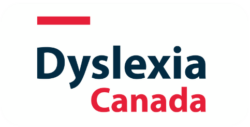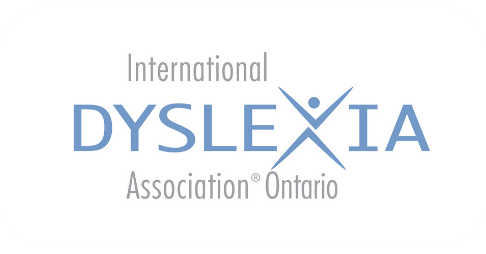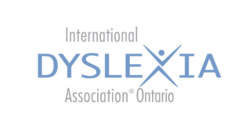Evidence-Based Assessment in the Science of Reading
Description
This article is a starting point for understanding how assessment for learning plays a critical role in informing and driving instruction in literacy. This read provides information about evidence-based assessment practices, including screening, diagnostic, and progress monitoring. This article will help develop an understanding of a comprehensive assessment system and how educators can use the data collected to support universal instruction. Embedded in the reading is an easy-to-understand “cheat sheet” chart to help compare and contrast assessment purposes related to assessment for learning and assessment of learning. In addition, the article explains the role Oral Reading Fluency plays in screening and progress monitoring.
Curriculum Connection
5 Comments
Share your thoughts
You must be logged in to post a comment.





This article explains how different types of assessments support student learning, inform classroom instruction, identify students who require additional support, and monitor growth. It clearly explains the differences between assessment for learning, and assessment of learning. The cheat sheet is a valuable tool.
Love the cheat sheet, the entire article and linked resources. This is an area that is not often fully understood or well communicated. Helping to communicate the what, why and how of these assessments along with the essential training will help with the adoption of these assessments in schools.
The cheat sheet is my “go to” for explaining the difference between screener and diagnostic.
Great Resource explaining the importance of Screeners, Diagnostic Assessments, Progress Monitoring and Outcome Assessments. The cheat sheet is a really helpful reminder. I hope once the Ministry has decided on a Screener, we can then get Professional Training on how to utilize the data from the Screener.
An essential piece to help educators understand the differences between screening, progress monitoring and diagnostic assessment.